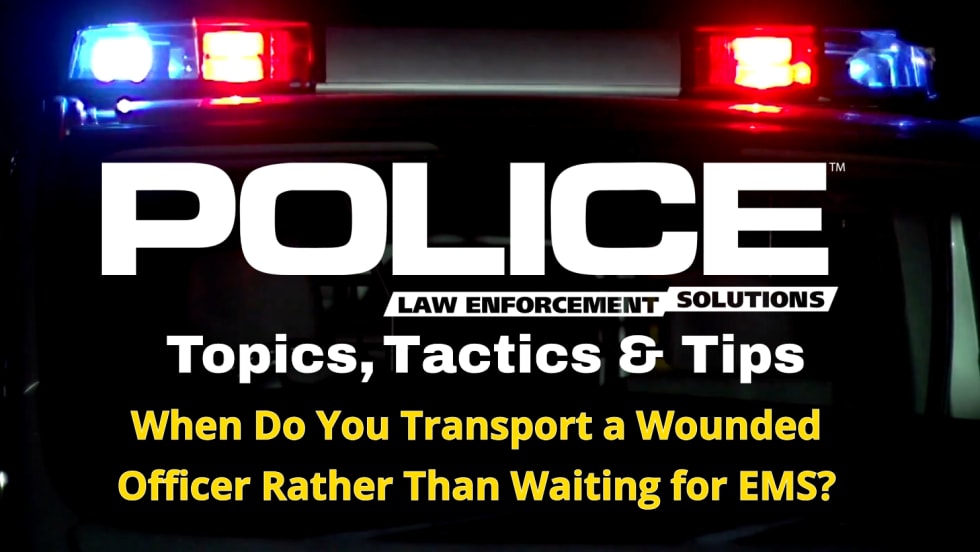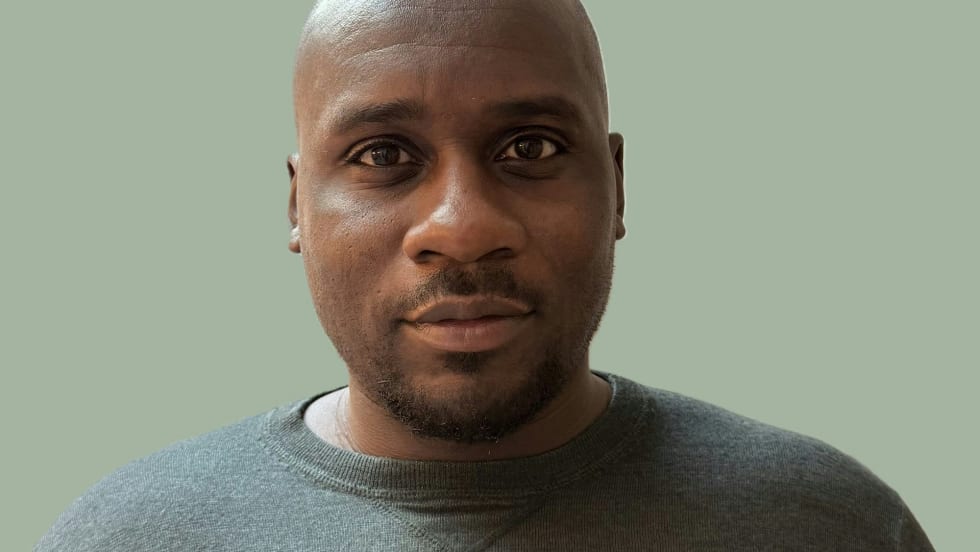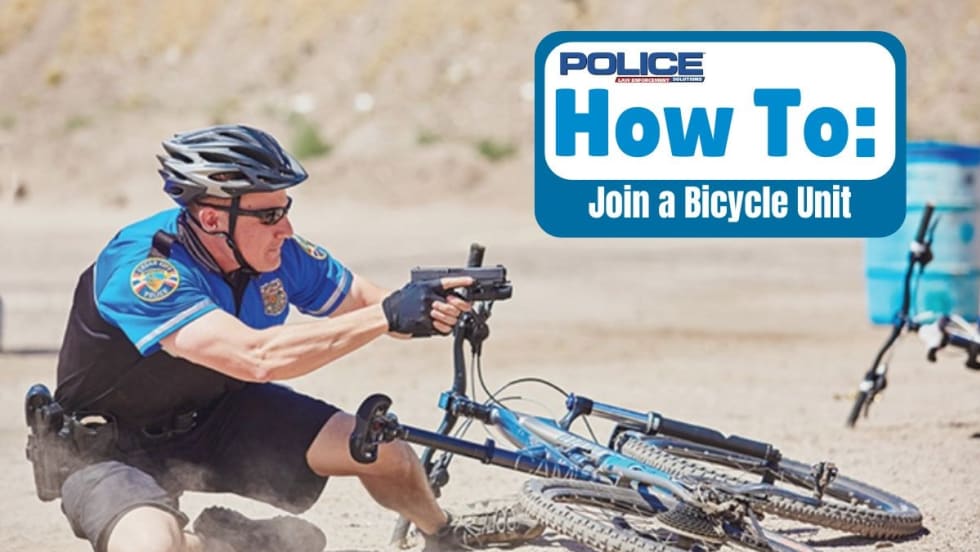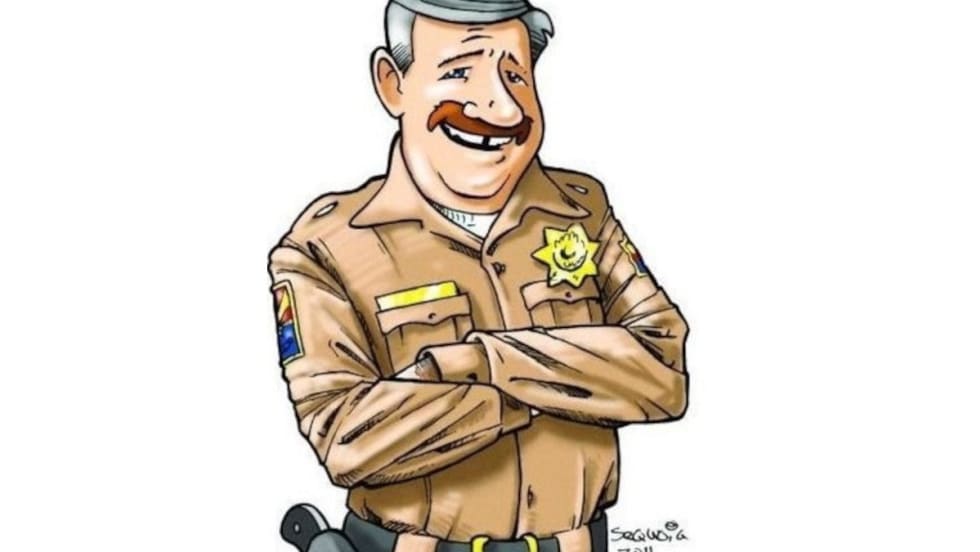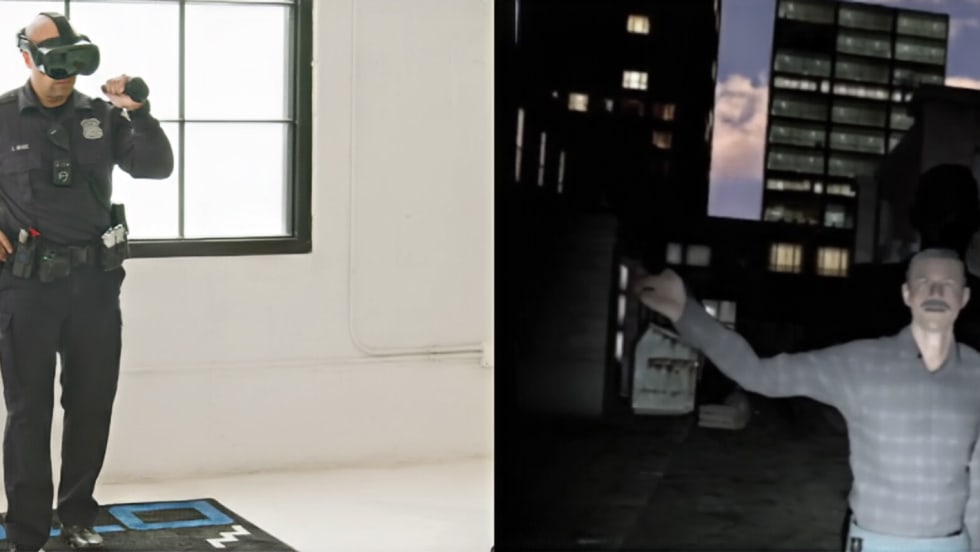Movement is a common element in any gunfight. Either the bad guy is moving, the officer is moving, or both. Therefore, you need to train in shooting on the move and shooting at moving targets. I know, easier said than done. With tightening budgets, the lack of grant money, and time constraints, it's tough to get a well-rounded firearms program off the ground. Sometimes, it's difficult enough just trying to get everyone's yearly qualifications done, but you have to try.
Now, I'm not advocating moving and leaving good solid cover in the middle of a gunfight, but in reality, how much cover do you really have? I'm sure we can all name the various forms of cover out there—a big tree, a concrete wall, parts of your cruiser—but in reality, how much cover is there between you and the people you interact with on a daily basis? Normally, we don't conduct field sobriety tests from behind a big tree, or handcuff someone while ducking down behind a concrete wall.




